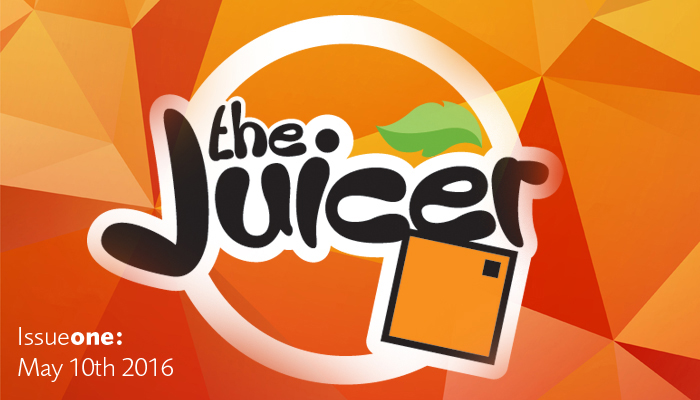Since a brand creates an experience, we can brand almost anything – a concept, an action, a product, a service or a company.
The first step in defining brand strategy is to define the type of brand you’re building: An individual product or service brand, a company brand, a family brand, or an idea brand.
To get to the best method by which you can align your brand to deliver value to the marketplace, is identifying the theme for your brand. For example; discover whether your brand is innovative, creative, cool, authoritative, essential, supportive, friendly, warm, caring, kind, gentle, matter-of-fact, competitive, aggressive, comforting or blunt.
Ultimately, we will assist you in making an impression – positive, negative or neutral – with your market at every touch point. To deliver a consistent brand experience. It is good practice to ensure that every interaction with your market supports your brand strategy.
A significant part of that results from your brand’s visual imagery and associated copy. The rest of it results from your people’ interactions with the market. By identifying every touch point your customers and prospects have with your company and the people who represent your brand, we’ll have an understanding of the customer journey, how well your people support your brand: Positioning, promise and experience.
We will assess the structure behind your brand and your aspirations so that they become the backbone of your marketing collateral and business development strategy.
You can contact us directly on, 0114 213 1113 or email us at zest@square-orange.com to get the conversation going
Read on…
We get to the bottom of what sets your product, service and company apart from your competitors.
What value you provide and how is it different from the alternatives in the marketplace.
‘Competitive Positioning’ is about defining and identifying how you “differentiate” your offering and create value for your market. It’s about digging out a spot in the competitive playing field, planting your feet firmly in the ground and winning/challenging mindshare in the marketplace. We help you in being known for that certain “something” in the marketplace.
We know that a good positioning strategy is influenced by the:
- Market profile: Size, competitors, stages of growth.
- Customer segments: Groups of prospects with similar wants and needs.
- Competitive analysis: Strengths, weaknesses, opportunities and threats in the landscape.
- Method for delivering value: How you deliver value to your market at the highest level.
When your market clearly sees how your offering is different to that of your competition, it’s easier to influence the market and win marketshare. Without differentiation, it simply takes more time and budget to entice the market to engage with you; as a result, many companies end up competing on price – a tough position to sustain over the long term.
We will look to address key elements that can sometimes be overlooked. For example, how do you provide value at the highest level? There are three essential methods for delivering value: Operational excellence, product leadership and customer intimacy.
Here is a hypothetical example of each type of value.
Operational Excellence
- We discover that company A’s customers don’t want bells and whistles; they just want a good product at the lowest possible price.
- Therefore Company A is advised to focus on operational excellence so they can continually offer the lowest price in the market yet deliver a streamlined service. For example, they just patented a new piece of equipment that dramatically lowers their manufacturing costs. The focus is not on trying to create new or better products, but to produce increased volume at a lower cost.
- Company A’s method for delivering value is operational excellence; it’s a key driver of their long-term strategy, and their marketing positioning needs to highlight this feature.
Product Leadership
- Company B’s customers care most about quality – they want the best stand out product.
- Company B is completely dedicated to innovation and quality. They’re constantly working on product improvements and new ideas to bring to market. They know what their competitors are doing and are completely focused on staying one step ahead, in order to capture a greater share of their market.
- Company B’s brand and culture needs to reflect product leadership so that their market recognises it and is keen to pay for quality.
Customer Intimacy
- Company C’s market is flooded with products at all points of the price spectrum.
- Yet, Company C’s customers want more than a product off the shelf; they want customised solutions. So Company C’s strategy is to know as much as possible about their customers’ businesses so they can deliver the correct solutions over time.
- Company C knows that they can’t just promote “We offer great service.” Company C needs a their strategy to reflect customer experience via testimonial, word of mouth recommendation and as much interaction with their market as feasible.
The three examples above illustrates the reasons why you can provide the best offering, the cheapest offering, or the most comprehensive offering, but not all three.









